All... bare with me...
1. The problem we face in aero engineering is defining what is: (a) 'authoritative' data [validated/tested, statistically derived, certified by FAA and/or DoD]... as opposed to (b) 'specification' [min] required performance data, alloy specific; (c) 'informative' data that is collected/distilled/averaged from various sources, but not necessarily validated; and (d) 'text-book' data... valid for training and general concept development, but that's all.
For instance, RE MMPDS-*. On the document cover is a very specific statement, which makes it AUTHORITATIVE, thus...
Scientific Source: Metallic Materials design data acceptable to Government procuring or certification agencies.
A joint effort of government, industrial, educational, and international aerospace organizations.
2. Sub-set problems inherent in this discussion on metallic materials data are as follows...
2.1 Usefulness of ‘data’ for general static/dynamic stress calculations.
2.1.1 If the data is limited to Ftu, Fty, e, E and rho [w, density], this drives us all nuts. To analyze in-depth, Fcy, Fsu [and Fsy], Fbru, Fbry, Ec, G, u [mu], K [thermal transmissivity], C thermal density, a [alpha, growth/shrinkage rate based on thermal differences], KIc [plane-strain fracture toughness], KIscc [SCC] threshold, dA/dN... etc… are very important and ‘constants’ for the calculations!!!
2.1.2 REF 2.1.1... noted properties must be 'known' [statistically verified by test] VS every spec-form [sheet, plate, bar, extrusion, forgings, etc] VS 'as manufactured' thicknesses VS L, LT and ST orientations VS edge distance/margins, etc!!!
2.2 Ref 2.1.1 and 2.1.2... Utility and evolution of data over time.
2.2.1 Metallic materials data evolves over time, based on further verification/validation testing, accumulated testing, improvements in OEM fab methods, in-service lessons-learned, etc. While many alloys remain valid/useful/stable for decades, additional testing and real-world usage/problems MUST be factored into the data over-time giving a truer view of every aspect.
2.2.2 In some cases real-world data indicates that: (a) original allowables [physical, mechanical, durability, etc] are overly conservative and can be satisfactorily increased [improved value]; or (b) original allowables are too high and must be reduced to assure conservative margins for safety or wider/wilder statistical variations ; or (c) original allowables did not portray an accurate picture of the real-world material/material-form/temper/etc, and major revisions to allowables… and/or usage recommendations… specific warnings/limitations, imposed criteria, etc are warranted.
2.2.3 Also, there MAY be obvious performance improvements, and/or temper/fab changes... over-time due to evolving OEM fab-processes/controls/spec-requirements/etc... that are worth accounting for. There are many aerospace examples where years of manufacturing/testing have slowly improved the materials [such as precise control of alloying elements, elimination of heat treatment variables, post-processing variables, etc]. This can be a very sticky issue for some of us dealing with +60-year-old aluminum and incorporating freshly made aluminum, same exact alloy/temper/form/etc. The new metals are often notably superior… especially where extensive certification testing is required… waaaay exceeding spec requirements and also exceeding ‘statistical A-Basis’ to consistently meet statistical B-basis allowables. Keeping straight old and new/improved material reliability often helps increase confidence in new repairs and/or modifications and/or replacement parts. NOTE: Specification, A and B Basis for allowables is explained in MMPDS.
2.2.4 Likewise, there MAY be subtle or obvious indications that one-or-more negative properties trump all the others, such as: (a) extreme sensitivity to environmental factors [such as very poor SCC or EXCO resistance]; (b) or EPA/OSHA issues; or (c) fabrication limitations/suitability; etc. Examples of hard lessons learned...
o high sulfur steel toughness issues at deep/arctic cold;
o 7xxx-T6 aluminum alloy(s) environmental sensitivity, such as poor EXCO and SCC resistance.
o beryllium, lithium, lead, uranium, [asbestos] etc… toxicity
o poor heat treatment or forming qualities of certain alloys [tendency for warpage/distortion, etc]
Hmmm late in the day… gotta’ go… I have a 165-mile commute back to Xxxxxxx XX for a short weekend with my bride of 34-years.
Regards, Wil Taylor
o Trust - But Verify!
o We believe to be true what we prefer to be true.
o For those who believe, no proof is required; for those who cannot believe, no proof is possible.
o Unfortunately, in science what You 'believe' is irrelevant. ["Orion"]
o Learn the rules like a pro, so you can break them like an artist. [Picasso]
![[banghead] [banghead] [banghead]](/data/assets/smilies/banghead.gif)
![[hairpull2] [hairpull2] [hairpull2]](/data/assets/smilies/hairpull2.gif)
![[banghead] [banghead] [banghead]](/data/assets/smilies/banghead.gif)
![[hairpull2] [hairpull2] [hairpull2]](/data/assets/smilies/hairpull2.gif)

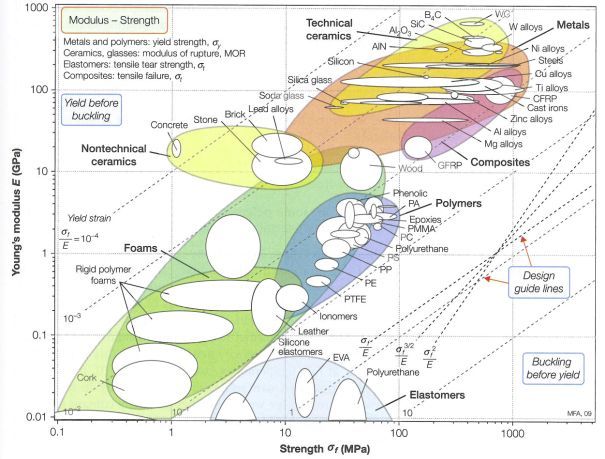
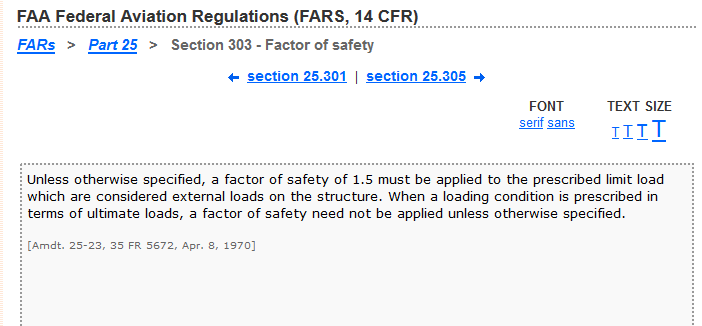
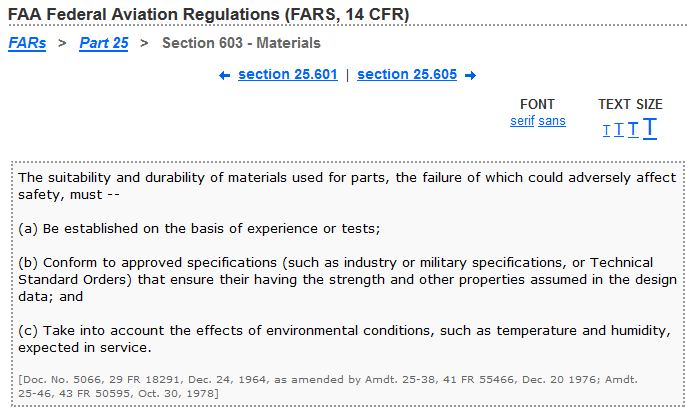
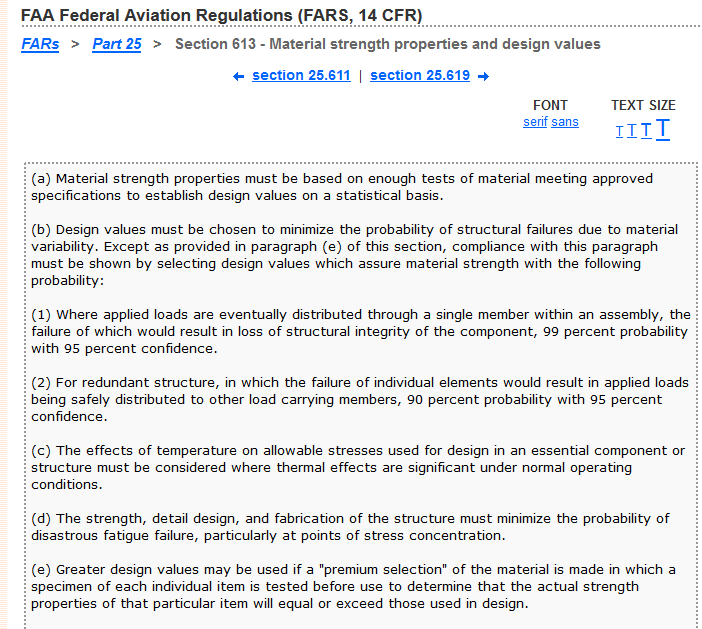
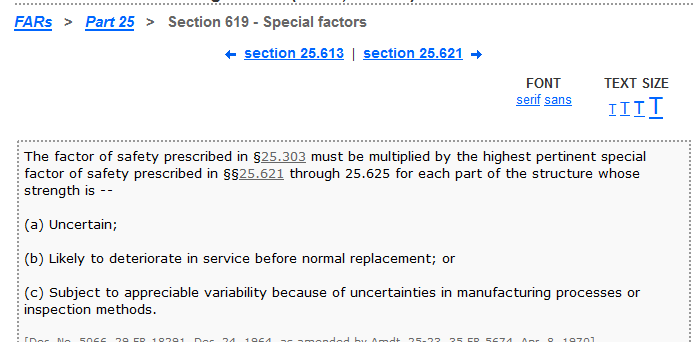
![[ponder] [ponder] [ponder]](/data/assets/smilies/ponder.gif)